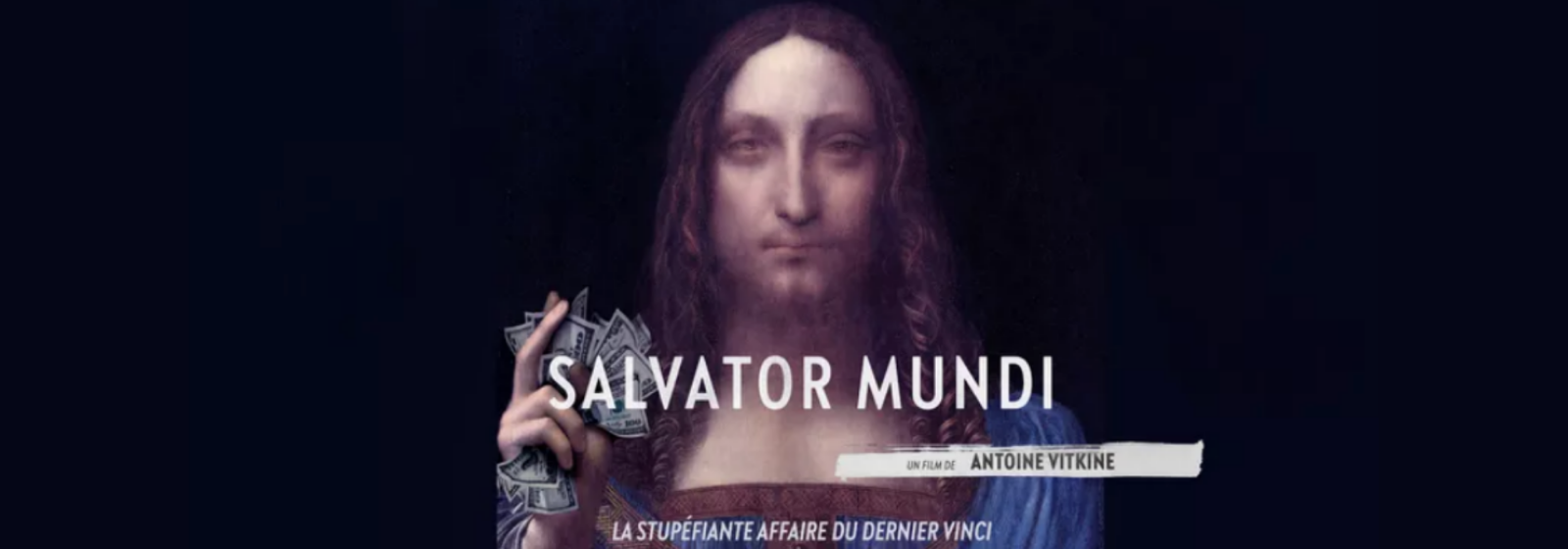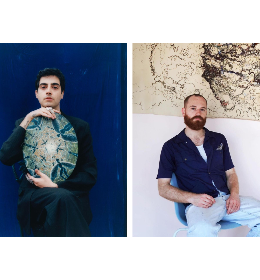In a documentary called "The Savior For Sale", soon to be released on Netflix, Antoine Vitrine tells the story of this work of art, depicting Jesus Christ, with origins shrouded in controversy for many years.
Gone from a supposed late copy in rough condition, selling for less than $2000, to the most expensive painting ever at $450M, the Salvator Mundi, "the saviour of the world", has put a focus on the shortcomings of the art market.
In 2005 and in a bad shape, it is bought by a New York collector who restores it and gets it appraised as an authentic Da Vinci by the british National Gallery. But despite an expertise by some of art world's biggest names, the authenticity of its origin remains debated. Regardless, it is sold for $130M to Russian oligarch Dmitry Rybolovlev, who sells it quickly after, sensing that he had been conned.
Despite the astronomical price, no rigorous scientific expertise has been conducted and if the painting assuredly comes from the masters workshop, everything seems to be pointing to a work done by his apprentices and not by the Renaissance master's own hands.
However, in 2017, Mohamed Ben Salman, the Saudi ruler, buys the art piece for a baffling near half a billion dollars in an auction at Christie's in New York. Making it the most expensive painting in history.
Controversy reappears in 2019 when the Louvre decides to set up a Da Vinci exhibition with the genius' greatest works on display, gathering pieces from around the world. Ben Salman not only wants his crown jewel to be on display but wants it next to the Mona Lisa and with a sign saying it was made by Da Vinci himself, which the Louvre does not believe. The situation even requires French President Emmanuel Macron to get involved. In the utmost secrecy, he decides to side with the museum and the Salvator Mundi ends up not even travelling to Paris.
In this documentary, Antoine Vitrine retraces the crazy story of the painting, telling us why it has generated so much controversy.









